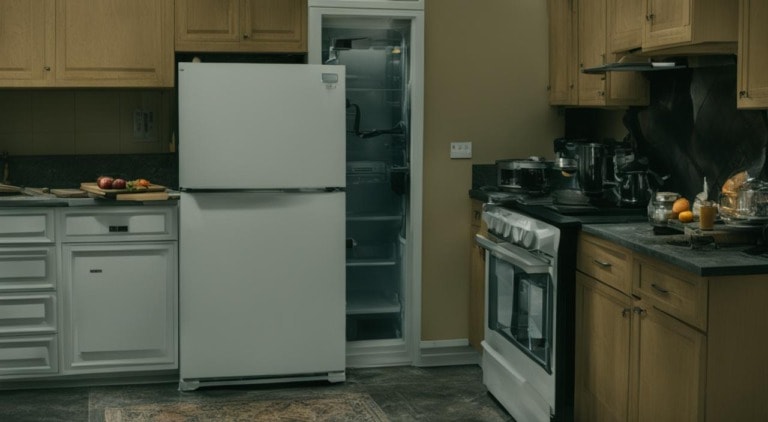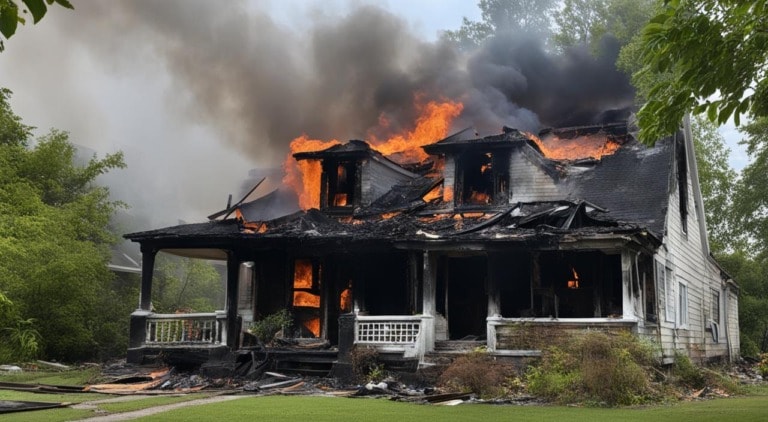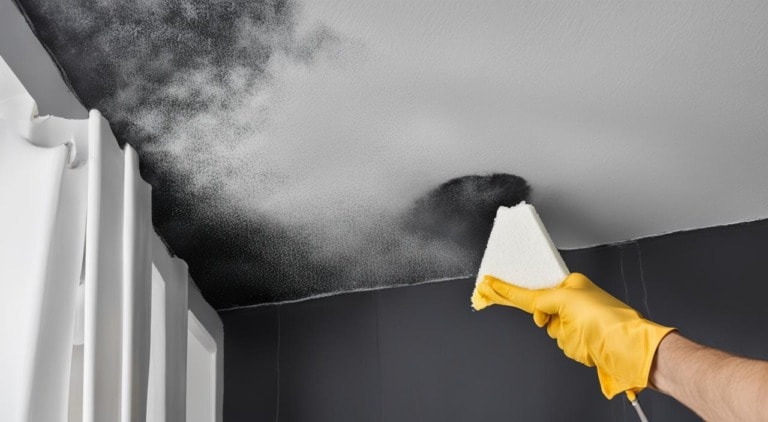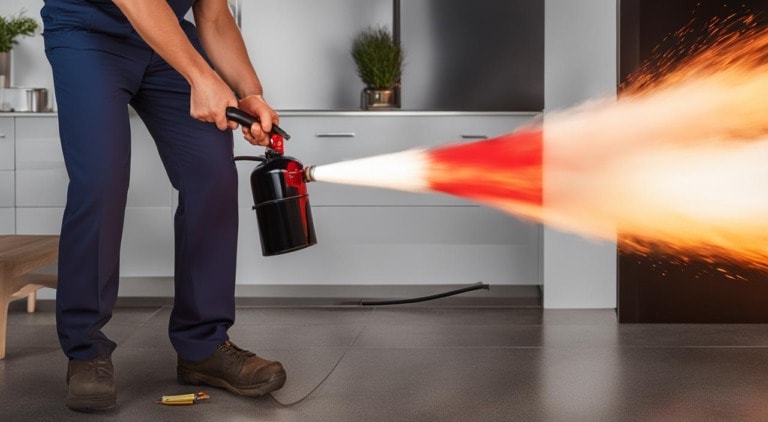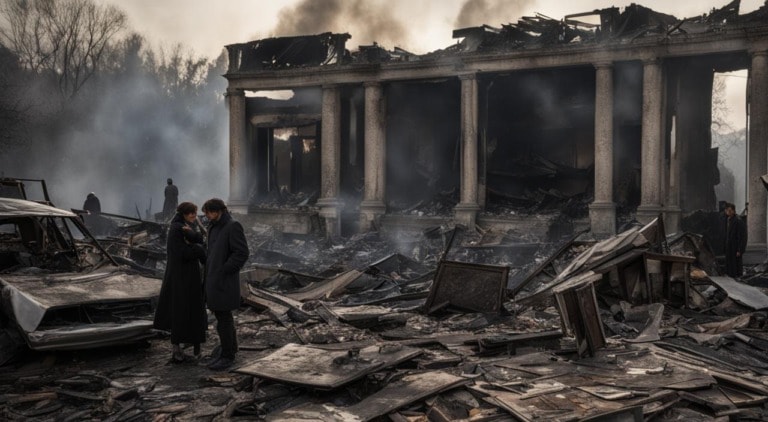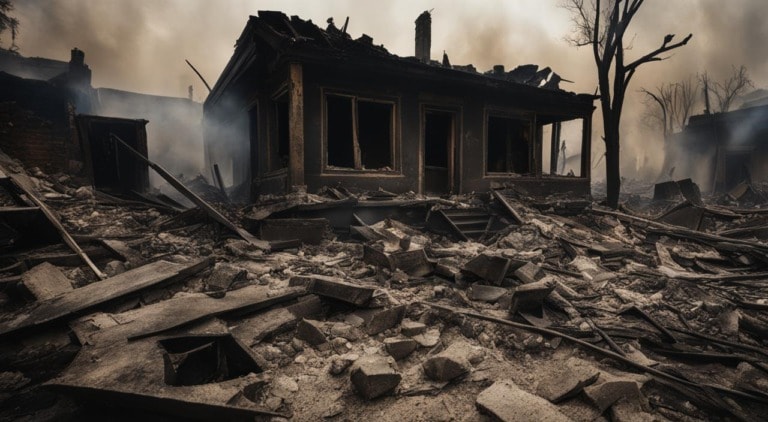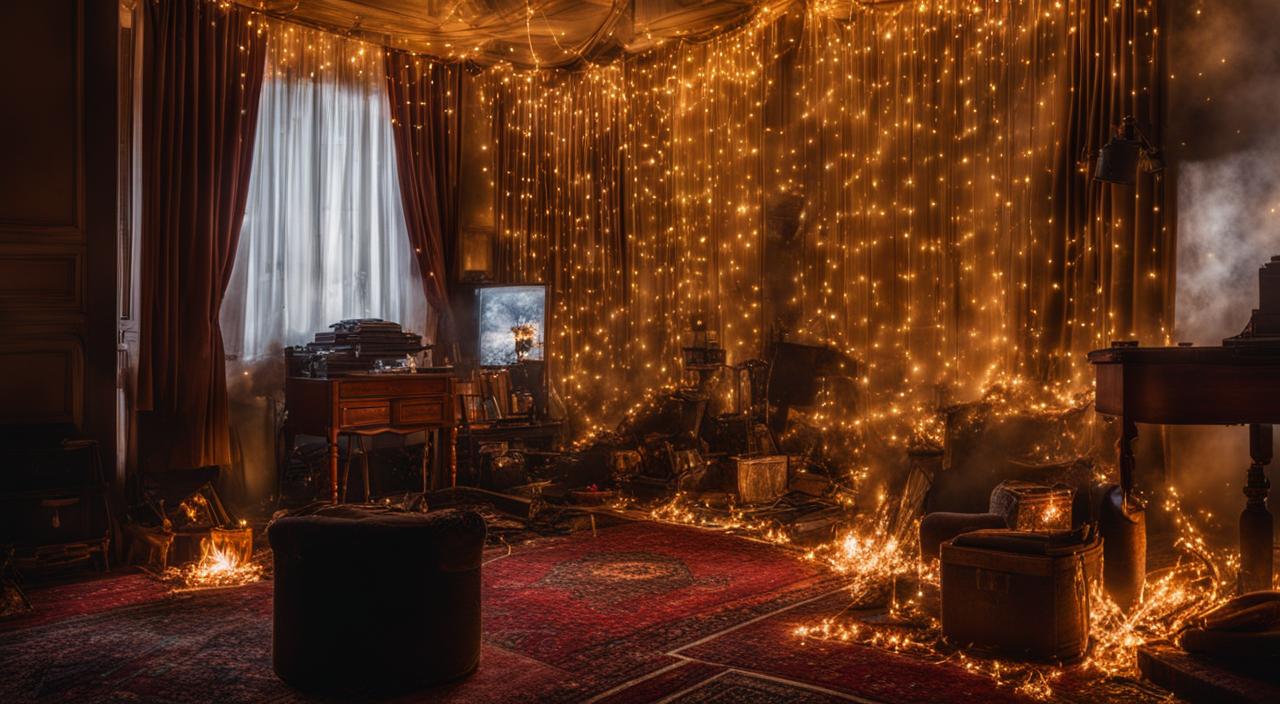
Fairy lights are a popular choice for adding a festive touch to our homes during the holiday season. However, it’s essential to consider their potential fire hazards and take necessary precautions to ensure safe and risk-free holiday decor.
Accidental fires tend to peak during this time of year, making it crucial to prioritize safety when using fairy lights. Older 240v mains fairy lights can be particularly dangerous, as blown bulbs can cause electrocution and increase the voltage of other bulbs.
Placing fairy lights too close to combustible materials, such as trees, can also pose a fire hazard.
To mitigate these risks, it is recommended to use low-voltage LED lights for indoor use. LED lights remain cool to the touch, are more durable than traditional fairy lights, and offer a wider range of options. They are also energy-efficient, which is a bonus.
However, proper ventilation around the transformer is crucial to prevent overheating.
By following safety tips and precautions, you can enjoy the beauty of fairy lights without compromising on safety.
In the next sections, we will discuss tips for safe use of fairy lights, the advantages of battery-powered and LED lights, and conclude with a summary of the key points to ensure risk-free holiday decor.
Tips for Safe Use of Fairy Lights
To ensure the safe use of fairy lights, it is crucial to check them for wear and tear before installation. Worn plugs, missing light bulbs, and frayed cords can cause electrical faults and potentially start fires.
It is recommended to replace damaged lights and recycle them responsibly. When purchasing new lights, look for ones that conform to the British Standard EN 60598, as they have been tested for quality and safety.
It’s also essential to use a timer or switch off the lights when not in use, avoid stretching lights across metal edges, and choose non-flammable decorations for Christmas trees. Staples should not be used for installation, and the maximum number of light strings should not exceed the manufacturer’s specifications.
It’s important to consider the load on household breakers and not exceed 85% of their maximum capacity.
Avoid daisy-chaining extension cords and ensure you are within their current rating. Consulting a Master Electrician for inspection and guidance on electrical practices is also recommended for a safer installation.
Safe Use Guidelines:
- Check lights for wear and tear before installation
- Replace damaged lights and recycle responsibly
- Choose lights that conform to British Standard EN 60598
- Use a timer or switch off lights when not in use
- Avoid stretching lights across metal edges
- Choose non-flammable decorations for Christmas trees
- Avoid using staples for installation
- Do not exceed the maximum number of light strings specified by the manufacturer
- Consider the load on household breakers and do not exceed 85% of their maximum capacity
- Avoid daisy-chaining extension cords and ensure you are within their current rating
- Consult a Master Electrician for inspection and guidance on electrical practices
By following these guidelines, you can ensure the safe use of fairy lights and minimize the risk of fire hazards. Remember that safety should always be a priority when using any electrical devices, especially during the holiday season.
Battery-Powered and LED Fairy Lights
Battery-powered and LED fairy lights offer a safer alternative to traditional mains-powered lights, with minimal fire risks. These types of lights are designed to be low voltage, reducing the chances of electrical faults and overheating. Additionally, LED lights themselves produce very little heat, making them a safer option for indoor and outdoor decorations.
Battery-operated lights, particularly those using LED technology, are especially safe as they generate either no heat or negligible heat. This eliminates the risk of fire caused by overheating bulbs.
Solar-powered lights, although reliant on small solar panels to charge batteries, also pose minimal fire risks due to the low voltage and low heat production. It’s worth noting that solar lights with lithium-ion batteries have a slightly higher fire risk due to the reactive materials used in their construction.
To further enhance safety, it is important to consider the transformer or power supply that serves the fairy lights. While LED lights themselves are not considered a fire hazard, any potential fire risk lies in the transformer or power supply.
Ensuring proper ventilation around the transformer is crucial to prevent overheating. However, battery-powered lights, particularly those with LED technology, offer a significantly reduced fire risk compared to traditional mains-powered lights.
Battery-Powered Fairy Lights
- Battery-operated fairy lights are low voltage and produce little to no heat, minimizing the fire risk.
- LED technology in battery-powered lights further enhances safety due to its low heat generation.
- Ensure proper battery maintenance and replace batteries regularly to prevent overheating or leakage.
Solar-Powered Fairy Lights
- Solar-powered lights rely on low voltage from small solar panels, making them safe options for decorative lighting.
- Be cautious of solar-powered lights with lithium-ion batteries, as they have a slightly higher fire risk due to their construction materials.
- Place solar panels in direct sunlight for efficient charging and ensure proper battery maintenance.
Transformer and Power Supply
- Proper ventilation around the transformer or power supply is crucial to prevent overheating and reduce fire risk.
- Choose battery-powered lights or those with LED technology for lower fire risk as LED lights themselves generate minimal heat.
- Ensure the transformer is compatible with the light strings’ power requirements and follow the manufacturer’s guidelines for safe installation.

Summary and Conclusion
While using fairy lights for holiday decorations can pose a fire risk, it is crucial to prioritize safety by following proper precautions.
Opting for low-voltage LED lights is a great way to minimize the chance of accidents. LED lights generate less heat and are more durable, making them a safer choice compared to traditional fairy lights.
To ensure a risk-free holiday decor, it is important to check the lights for wear and tear before installation.
Replace damaged lights and recycle them responsibly. Choose lights that conform to safety standards like the British Standard EN 60598. By doing so, you can ensure the lights have been tested for quality and safety.
Other safety precautions include turning off the lights when not in use, avoiding overloading sockets, and using Residual Current Devices (RCDs) for outdoor installations.
These practices significantly reduce the fire risk associated with fairy lights. Consider consulting with a Master Electrician for expert guidance and inspection to ensure a safe electrical setup.
By following these safety guidelines and using LED lights, you can create a beautiful and risk-free holiday display. Prioritizing safety while enjoying the festive atmosphere will allow you to fully embrace the magic of fairy lights without any worry.

